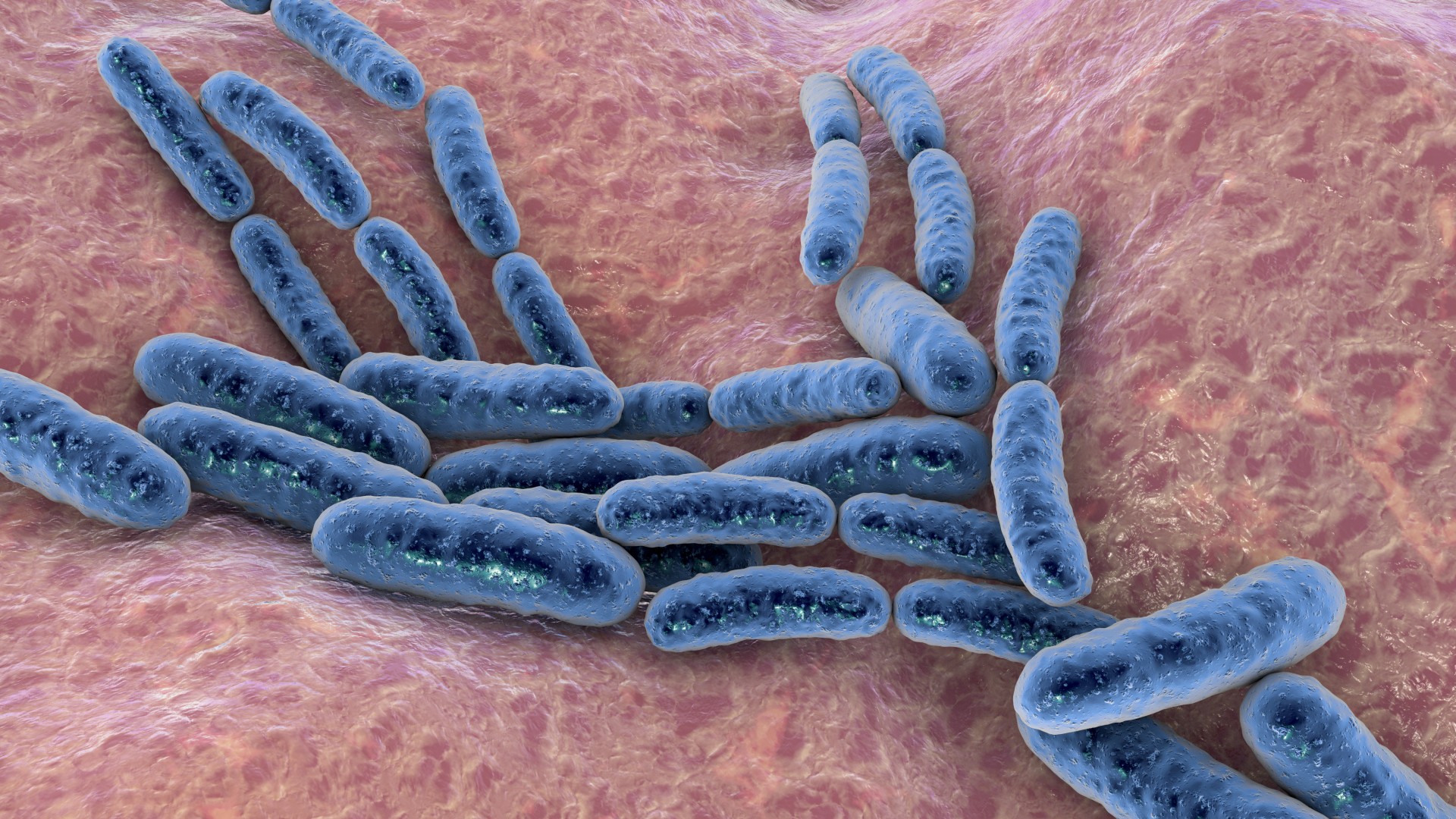
Recent research indicates that during sexual activity, both men and women leave behind traces of their “genital microbiomes,” even when using condoms.
The study involved 12 committed heterosexual couples who collected swab samples after a period of abstinence and again shortly after engaging in sexual intercourse. Analysis of these samples revealed that both male and female participants had unique microbial compositions in their genital areas prior to sex.
Following penetrative intercourse, these distinct microbial communities, known as microbiomes, were found to be exchanged reciprocally between partners. Notably, these microbiome alterations were observed even among couples who used condoms, and they were detectable through straightforward laboratory tests.
This groundbreaking study was published on February 12 in the journal iScience. The research team has coined the term “sexome” to describe this exchange of sexually transmitted bacteria.
Related: Scientists are mapping the vagina’s microbiome. Here’s why it matters.
With additional study, the researchers hope to utilize sexome analyses to potentially identify perpetrators of sexual assault, particularly in cases involving women, who are disproportionately affected by such crimes. Current investigations typically focus on the analysis of DNA from sperm found in a victim’s genital area; however, in some cases, sperm is absent, complicating the results.
In this study, the participants were instructed to refrain from sexual activity for two to four days. After this abstinence period, they conducted swab tests on their genital areas for subsequent lab analysis.
Results indicated that women had a higher bacterial count in their genital microbiomes, averaging 8,038 bacterial genetic sequences, compared to 6,661 in men. Interestingly, male participants exhibited greater diversity, with nearly twice as many different bacterial species represented.

In a follow-up to the experiment, couples were asked to postpone intercourse for a period ranging from two to 14 days. After re-engaging in sexual activity, the participants took additional swabs within three to 12 hours for analysis, which demonstrated that a participant’s unique genital microbiome was present in their partner’s swab.
Study co-author Brendan Chapman, a forensic scientist at Murdoch University, stated, “Our comparisons of pre- and post-intercourse samples revealed bacterial DNA signatures from the female present in the male and vice versa.” He noted that this kind of evidence is important in forensic science, as it can indicate contact between individuals.
Of the couples studied, three reported using condoms, which influenced the quantity and types of microbes transferred, though it did not entirely eliminate the development of the sexome. Furthermore, factors such as whether men were circumcised or if partners had pubic hair had no significant effect on microbial transmission. The research also highlighted that the composition of a woman’s genital microbiome varied throughout her menstrual cycle, potentially impacting future swab test outcomes.
More extensive studies are necessary to validate these initial findings, considering this particular study involved only 24 participants. Future research may also explore how long the sexome persists following intercourse.
Chapman emphasized, “We are only beginning to explore the potential of this technique for practical applications in forensic cases. We require a larger sample size to refine and validate a test that meets the rigorous standards of forensic science.”









